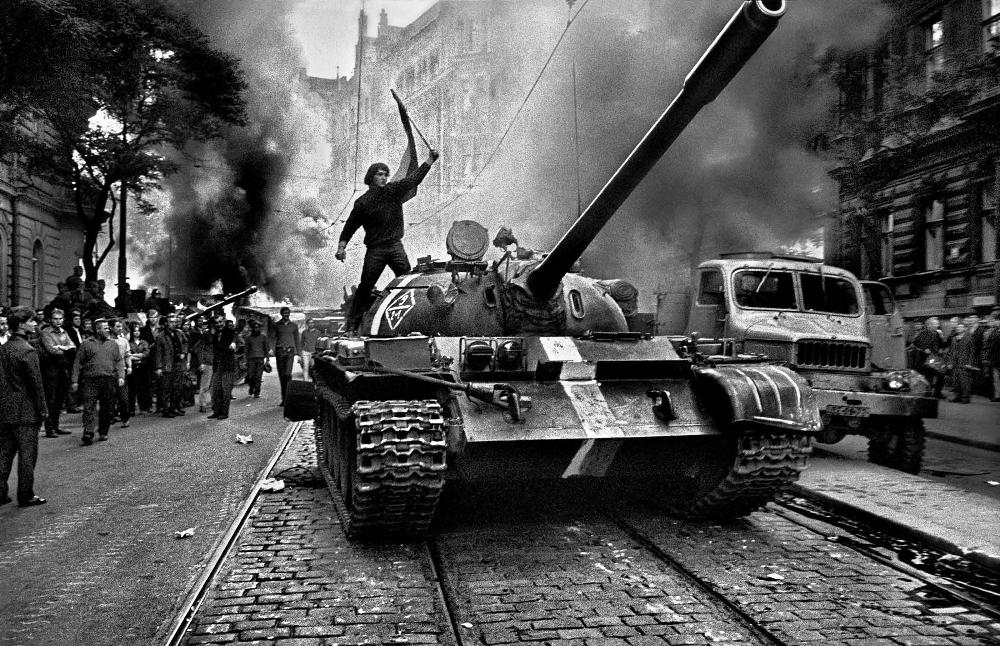 The 27 August 1927 the prison in Charlestown were executed in the electric chair Nicola Sacco, Shoemaker, and Bartolomeo Vanzetti, fishmonger. At hours 00:19, the two men were killed seven minutes of each other (before it fell to Lot, then Vanzetti). The intent of this sentence was a robbery with double murder occurred on 15 April 1920 the shoe factory Slater and Morris to South Braintree, at the gates of Boston. An offence to which the two Italians were strangers and innocent. There were many evidences for them including the testimony of inmate Celestino Madeiros. But on of them weighed prejudice and adherence to the anarchist movement. They came to America in 1908, by making different crafts for living, regarded with contempt two WOPS i.e. without papers no papers, they did not speak any English or almost. They met in 1916, in that period were recognized and had participated in political activities of protest strikes against the war. They ended up on the list of subversives. The 3 may 1920 a friend of theirs who also on the list was killed by police. The 9 may the two wanted to hold a rally to shed light on that event, but they were arrested. A few days later were indicted for the robbery which took place in South Braintree, a few weeks before their arrest. On that occasion had been killed by gunshots, the cashier of the company Slater and Morrill and a security guard. The judge Webster Thayer did not let slip the opportunity to define them in the classroom two “anarchist bastards”. Became a case of international mobilization: London, Paris and some cities of Germany were the scene of demonstrations in favour of the release of the two Italians. Even some famous intellectuals rallied to that effect: Albert Einstein, Dorothy Parker, Edna St. Vincent Millay, Bertrand Russell, John Dewey, George Bernard Shaw, John Dos Passos, Upton Sinclair, H. G. Wells. All was in vain. But the 23 August 1977 the State of Massachusetts, in the person of Governor Michael Dukakis, officially recognized the errors made in the process and rehabilitated the memory of Sacco and Vanzetti.
The 27 August 1927 the prison in Charlestown were executed in the electric chair Nicola Sacco, Shoemaker, and Bartolomeo Vanzetti, fishmonger. At hours 00:19, the two men were killed seven minutes of each other (before it fell to Lot, then Vanzetti). The intent of this sentence was a robbery with double murder occurred on 15 April 1920 the shoe factory Slater and Morris to South Braintree, at the gates of Boston. An offence to which the two Italians were strangers and innocent. There were many evidences for them including the testimony of inmate Celestino Madeiros. But on of them weighed prejudice and adherence to the anarchist movement. They came to America in 1908, by making different crafts for living, regarded with contempt two WOPS i.e. without papers no papers, they did not speak any English or almost. They met in 1916, in that period were recognized and had participated in political activities of protest strikes against the war. They ended up on the list of subversives. The 3 may 1920 a friend of theirs who also on the list was killed by police. The 9 may the two wanted to hold a rally to shed light on that event, but they were arrested. A few days later were indicted for the robbery which took place in South Braintree, a few weeks before their arrest. On that occasion had been killed by gunshots, the cashier of the company Slater and Morrill and a security guard. The judge Webster Thayer did not let slip the opportunity to define them in the classroom two “anarchist bastards”. Became a case of international mobilization: London, Paris and some cities of Germany were the scene of demonstrations in favour of the release of the two Italians. Even some famous intellectuals rallied to that effect: Albert Einstein, Dorothy Parker, Edna St. Vincent Millay, Bertrand Russell, John Dewey, George Bernard Shaw, John Dos Passos, Upton Sinclair, H. G. Wells. All was in vain. But the 23 August 1977 the State of Massachusetts, in the person of Governor Michael Dukakis, officially recognized the errors made in the process and rehabilitated the memory of Sacco and Vanzetti.
Hector Parker



